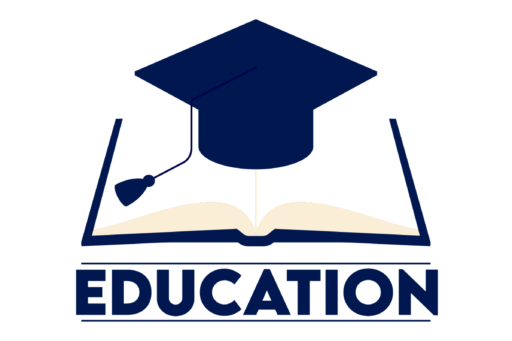Mindfulness and Education In recent years, mindfulness has emerged as a transformative approach to education, offering valuable tools for both educators and students. This blog post delves into the intersection of mindfulness and education, exploring its benefits, practical applications, and the impact it can have on the learning environment.
Understanding Mindfulness
At its core, mindfulness is the practice of being fully present in the moment, acknowledging and accepting one’s thoughts, feelings, and bodily sensations without judgment. Rooted in ancient meditation practices, mindfulness has been adapted for contemporary life, gaining traction in various fields, including education.
The Importance of Mindfulness in Education
- Enhancing Focus and Concentration
In a world filled with distractions, cultivating focus is crucial for students. Mindfulness practices, such as meditation and mindful breathing, help students center their thoughts and enhance their concentration. This increased focus can lead to better academic performance and a deeper understanding of the material. - Reducing Stress and Anxiety
The pressures of academic life can lead to significant stress and anxiety among students. Mindfulness teaches techniques for managing these feelings, promoting emotional resilience. By learning to observe their thoughts and emotions without becoming overwhelmed, students can develop healthier coping mechanisms. - Fostering Emotional Regulation
Mindfulness encourages self-awareness, allowing students to recognize their emotions and respond to them more effectively. This skill is vital not only for personal development but also for fostering positive relationships with peers and educators. - Promoting Empathy and Compassion
Mindfulness practices often include components that encourage empathy and compassion. By engaging in exercises that foster understanding and connection with others, students learn to appreciate diverse perspectives and cultivate a sense of community.

Implementing Mindfulness in Educational Settings
- Mindfulness Programs and Workshops
Schools can introduce formal mindfulness programs, offering workshops and courses that teach students the principles and practices of mindfulness. These programs can be integrated into the curriculum, helping students develop lifelong skills. - Mindful Moments in the Classroom
Educators can incorporate brief mindfulness exercises into their daily routines. Simple practices, such as starting the day with a few minutes of quiet reflection or guided breathing, can set a positive tone for learning. - Creating a Mindful Classroom Environment
The physical environment plays a crucial role in fostering mindfulness. Classrooms can be designed to promote calmness and focus, incorporating natural light, comfortable seating, and quiet spaces for reflection. - Teacher Training
Educators themselves can benefit from mindfulness training. By equipping teachers with mindfulness techniques, schools can enhance the overall well-being of both educators and students, creating a more supportive learning environment.
The Impact of Mindfulness on Academic Achievement
Research has shown that mindfulness practices can lead to improved academic outcomes. Studies indicate that students who engage in mindfulness exercises demonstrate higher levels of concentration, better emotional regulation, and increased resilience. These factors contribute to a more productive and positive learning experience.
Challenges and Considerations
While the benefits of mindfulness in education are clear, there are challenges to implementation. Resistance from stakeholders, lack of resources, and the need for proper training can hinder the establishment of mindfulness programs in schools. It’s essential for educational institutions to address these challenges by advocating for mindfulness as a valuable component of holistic education.

Conclusion
Mindfulness has the potential to revolutionize the educational landscape. By fostering focus, reducing stress, promoting empathy, and enhancing emotional regulation, mindfulness equips students with essential skills for success both in and out of the classroom. As we continue to explore and integrate mindfulness into educational practices, we pave the way for a more balanced, compassionate, and effective learning environment.

